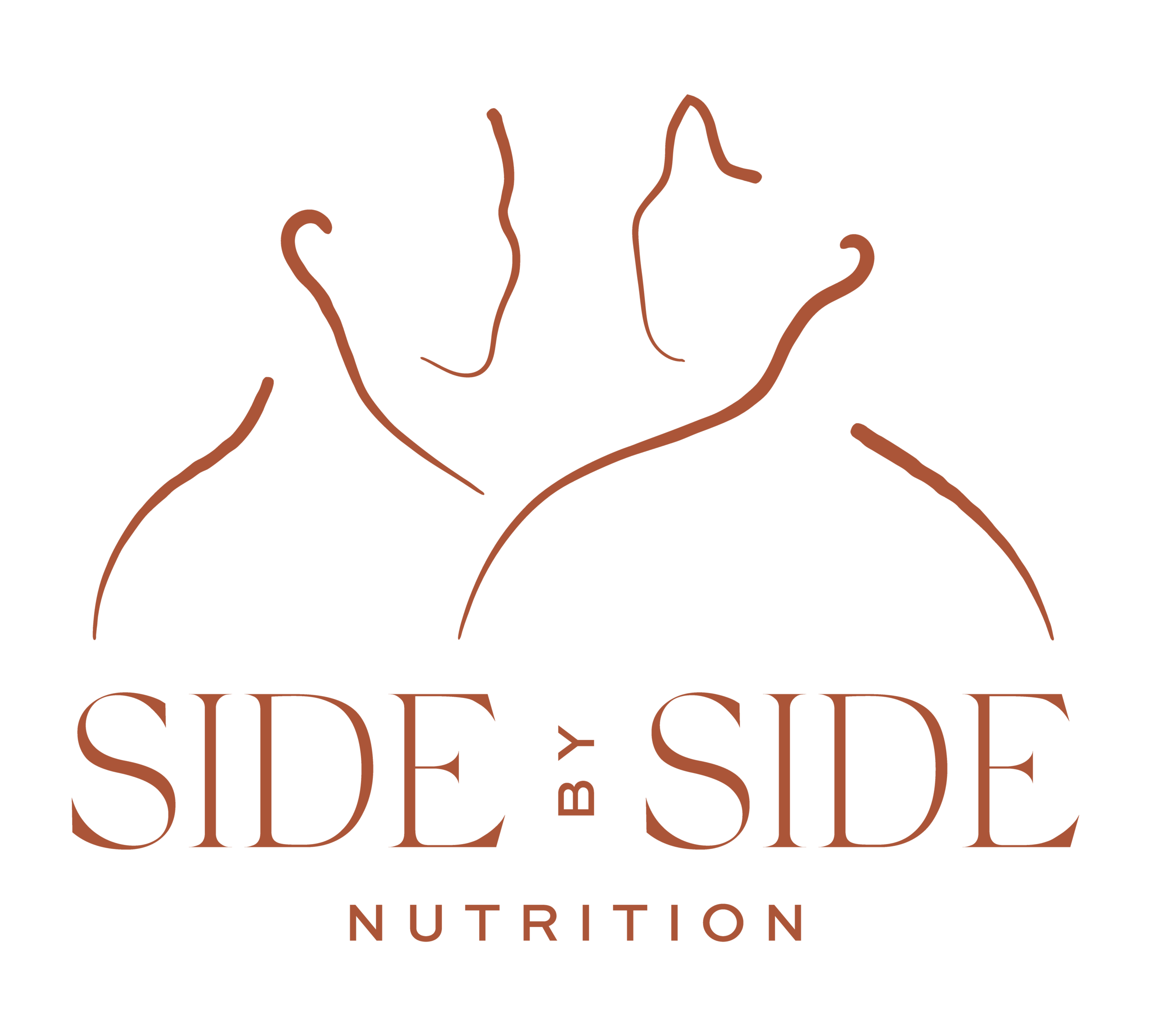Neuroplasticity is the property of the brain that enables it to change its own structure and functioning in response to activity and mental experience. Brain cells are able to constantly communicate electrically with one another and form and re-form new connections, moment by moment...a unique kind of healing. The good news for recovery is that when we start to think, feel, and do things differently, we carve out a new road.
Read MoreAs part of breaking the cycle of acting on ED behaviors in response to negative body image, you can learn skills to help tolerate urges for eating disorder behaviors.
Read MoreChildhood and adolescence is a time of rapid growth and development, oftentimes involving many new experiences, life stressors, and increasing independence. There are many factors that can contribute to a child struggling with food. Learn more here and read this new blog post!
Read MoreHealing your shame is key in healing your relationship with food and your body. It starts with changing the question “what’s wrong with me??” to “what happened to you?” When we make that simple shift, grace enters the room. What happened to you offers explanations, not excuses. It opens the gate to understanding. Understanding gives us knowledge, even in the most seemingly “irrational” situations. Your fear and your pain is not senseless. It may not seem fitting for the situation, and that just means we have more to learn.
Read MoreMaslow’s Hierarchy of needs is a motivational theory in psychology that first showed up in the United states in 1943 and has remained popular in psychological analyses. The pyramid was created by a psychologist, Abraham Maslow, who has been looking for the meaning of life since the beginning of his career, looking to understand what would make life meaningful for people.
Read MoreTo move through recovery with more compassion and perspective, we must first reconceptualize what progress looks like in recovery. When many think about what progress looks like, the majority of people may think of only a few things- the decrease or absence of behaviors and the decrease or absence of markers of illness or symptoms that the eating disorder creates.
Although, of course important and always on our radar, boxing recovery into those two things and have a narrow view of recovery can very well be one of your biggest barrier to recovery.
Read MoreWhile at sometimes it can be pretty easy to decipher between the eating disorder voice and our authentic voice, at other times it can be pretty difficult. It can be hard to understand where some of our thoughts are coming from, if they are our own or if they are the eating disorder voice disguised as our own.
Read MoreWhen the idea of body image work feels too overwhelming, start with self-compassion towards oneself around the suffering of body image distress.
Kristin Neff, a self-compassion researcher, author, and Associate Professor, describes self-compassion as having three different components.
self kindness vs self judgement
common humanity versus isolation
mindfulness vs. over-identification
Self- Kindness is a very active stance and practice of soothing and taking care of one's suffering while self-judgment may look like judging and criticizing the suffering.
Common humanity is framing one’s experience as part of a larger human experience while isolation is isolating oneself and the experience.
Mindfulness allows us to notice our suffering and to be with the suffering as it is and be with it to then be able to give ourselves the caring and compassion we need.
Read More








